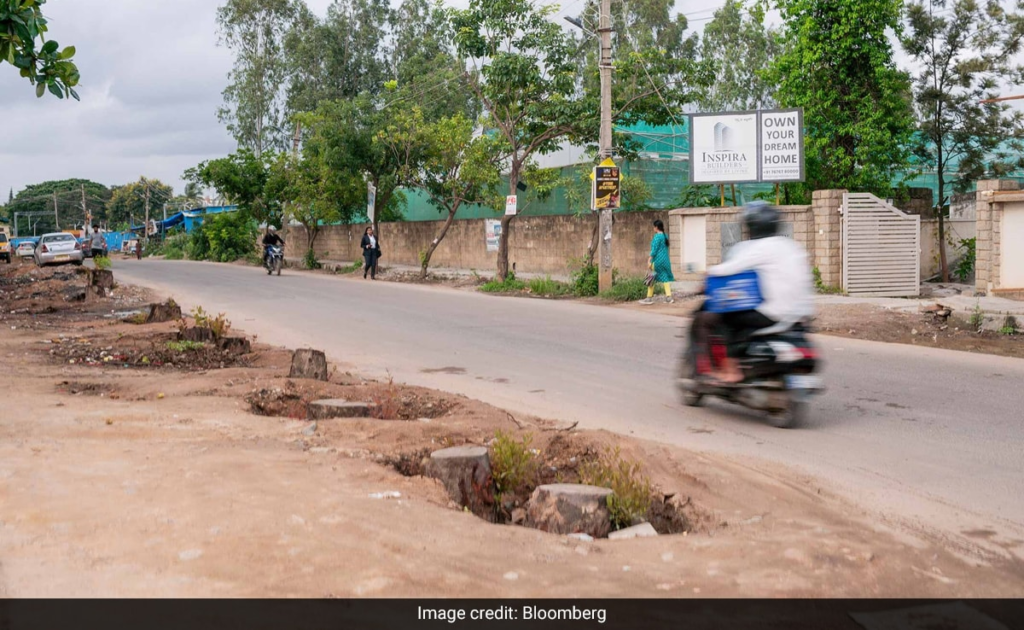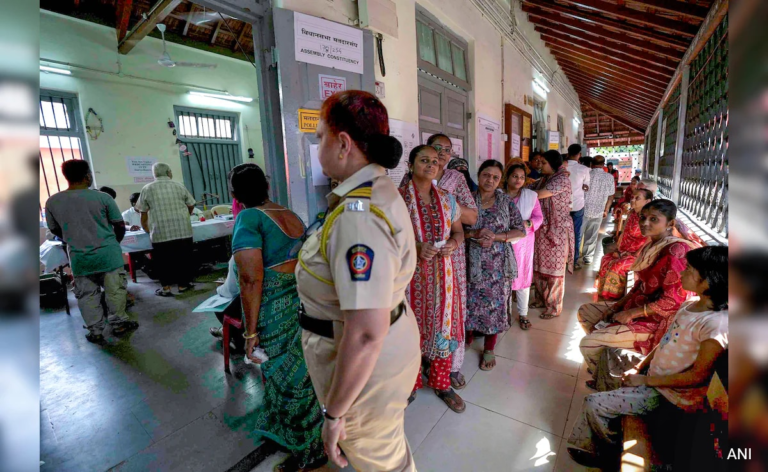

On a January stroll around Sankey Tank, a verdant lake in Bengaluru, Kimsuka Iyer noticed that dozens of trees had been painted with red and black X’s and O’s. As a native of the city that many residents still call Bangalore, the 34-year-old marketing executive understood the symbols: The trees were to be cut down. She soon discovered the government had approved construction of a highway overpass along the water’s edge. To make way for the road, the trees had to go – and no one had bothered to ask nearby residents their opinion. “People were pissed,” Iyer says. “Once the trees are gone, they’re gone.”
As recently as 30 years ago, Bengaluru was known as a sleepy place where well-heeled Indians chose to retire, thanks to its small-town vibe and cool climate. Almost 200 lakes were linked by countless canals, low-rise cottages clustered in parklike neighborhoods, and it was easy to bike wherever you needed to go.
The city today shows the costs of breakneck development. India’s $194 billion IT services industry has made Bengaluru the country’s Silicon Valley. With the economic boom, the population has more than tripled since 1990, to 13 million. In the 1970s the tree canopy covered about 70% of Bengaluru; today it’s less than 3%, according to the Indian Institute of Science. Navigation software developer TomTom last year ranked the city as the most traffic-clogged place in India (and No. 5 globally).

Illegal construction has filled in many canals, leading to severe flooding during rainstorms. In May, a flash flood killed an employee of IT services giant Infosys Ltd. And after heavy rainfall a year ago, local news channels and social media lit up with images of inundated luxury homes and people pushing stalled vehicles through the water. The storms forced the closure of the Outer Ring Road, where the likes of Goldman Sachs Group Inc. and Microsoft Corp. have campuses.
Krishna Byre Gowda, the minister of revenue of Karnataka, blames the chaotic spread on graft that’s allowed developers to construct housing projects without the corresponding roads, sanitation and water infrastructure. Builders “don’t go through the regulatory channel or the necessary approval,” he says. “They find a short cut.”
Byre Gowda has asked the World Bank for a 30 billion rupee ($362 million) loan he says Bengaluru needs to start unclogging its storm drains, build up sewage treatment infrastructure and better address the threats of climate change. He cautions that the city’s troubles are myriad and manifold and won’t be easy to solve. “We have been caught way behind in our planning,” he says.

Some parts of Bengaluru have managed to retain their bucolic character. Cubbon Park, one of the few remaining green havens, offers respite from the roaring traffic that surrounds its 198 acres, protected by activist citizens who’ve faced down repeated attempts to build on parts of its leafy expanse. Over the years residents have sued the state government to prevent development, sometimes forming human chains to block efforts to build highways.
The group’s successes inspired the residents around Sankey Tank, named after the British colonel who dredged it 140 years ago. When word got out about the overpass plans, locals wrote to city agencies and Karnataka’s chief minister asking for the project to be halted. Preeti Sunderajan, a dancer who lives in the area, says it was difficult even to figure out who was responsible for the overpass because “nobody knows what the other is doing.”
After getting hold of the government’s plans, local academics published an environmental impact assessment in February. They found that 55 trees would be cut down, versus 39 earmarked in an official report the city had published. They said felling the trees to construct the overpass would degrade air and water quality and increase noise in the area, threatening the 88 species of birds that live near the lake. Residents suggested that instead of the overpass, it would be better – and far cheaper – to automate and synchronize traffic signals, improve public transport and add walkways.
At a forum for residents, B.S. Prahalad, a municipal engineer, said increasing levels of traffic required “a road above the road.” Then he suggested that the planned overpass near the lake might increase congestion nearby, so the real solution would be a series of overpasses. “It became really obvious they hadn’t thought it through,” Iyer says. “The project literally makes zero sense because it would cause six bottlenecks in that huge stretch. It will make traffic worse from the first day.”
Frustrated residents decided to hold a silent march around the lake one Sunday morning in February. Aiming to skirt rules restricting protests to a small space in the city center, they instructed participants to dress entirely in black but to avoid carrying banners or blocking traffic. As they prepared for the action, some of the organizers got calls from police advising them to cancel the march. Then, a month after the protest, 70 participants discovered they were being investigated for unlawful assembly and dangerous obstruction. “They just decided to throw the book at us,” says resident Krishna Panyam.
In a letter to the police commissioner, they argued that it’s “inconceivable that a mere silent walk around a lake by the residents of a community can be interpreted as any crime, let alone such serious ones.”
In its campaign ahead of Karnataka elections, Congress had focused on what it called corruption by the BJP’s local leaders and on cozy deals cut with contractors in the state. Since taking office, the new government has met with business executives to hash out potential solutions to Bengaluru’s challenges. Involved in those efforts is Rajeev Gowda (no relation to the revenue minister), a former national Congress lawmaker who serves on a committee examining urban problems in Bengaluru.
Gowda points to an increase in public transport usage after the state offered free bus travel to women and says the city aims to buy an additional 4,000 vehicles to expand service. He says funding has been put aside to complete a long-delayed expansion of the metro system to the airport and residential areas choked with commuter traffic. And a new agency is being created to coordinate the maze of overlapping and competing city fiefdoms.
More controversial are proposals for a network of underground highways crossing the city at a cost of some 500 billion rupees, which urban planners say will compound Bengaluru’s repeated car-led mistakes. Gowda says that the new leadership hasn’t ruled out building the tunnels, which would also be used for public transport. But he says any infrastructure investments will be made with an eye toward next year’s national elections. “This will be a showcase to the rest of the country,” he says. Congress leaders in the city are “looking to leave a legacy: ‘What did this person do for Bangalore?'”




